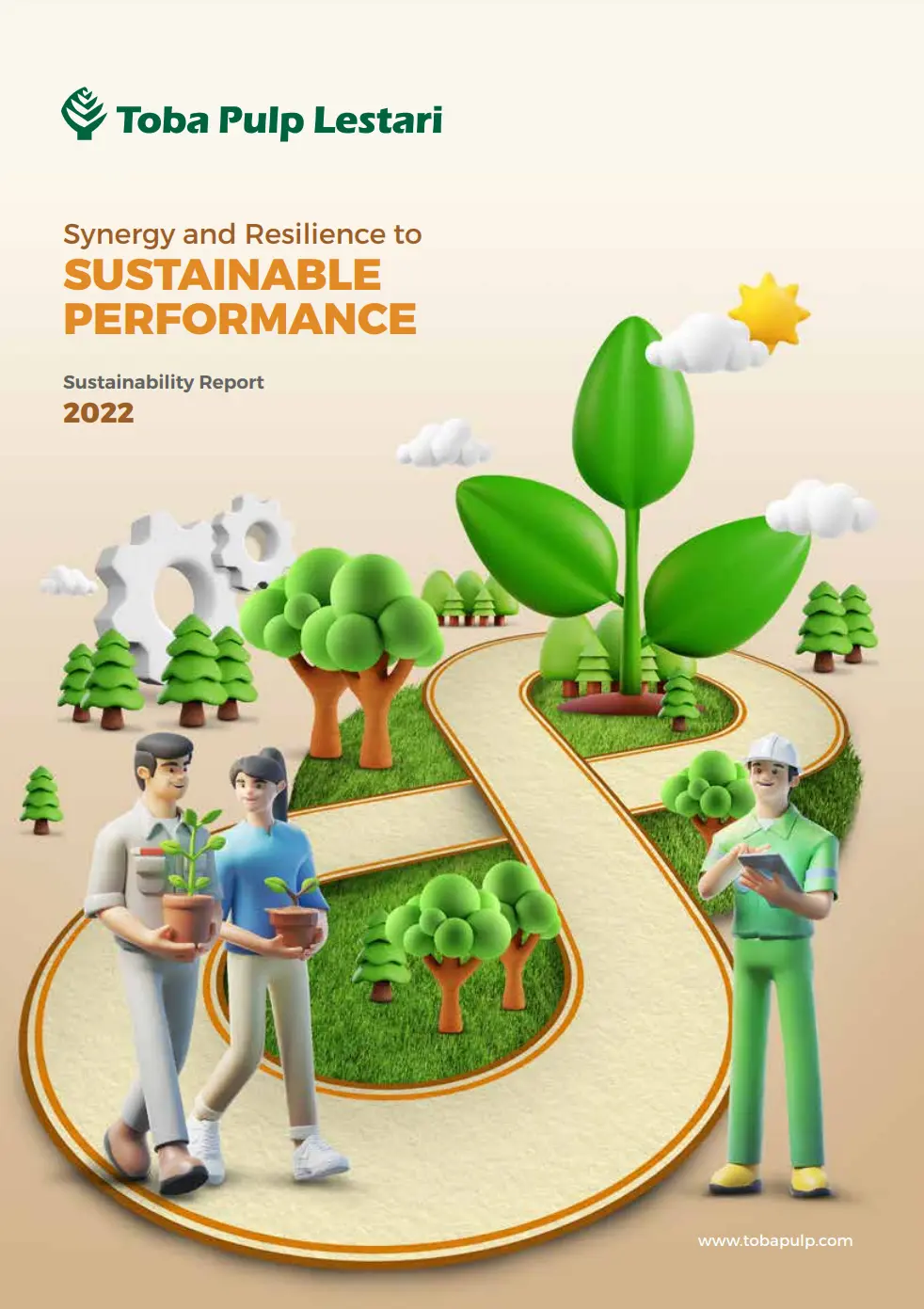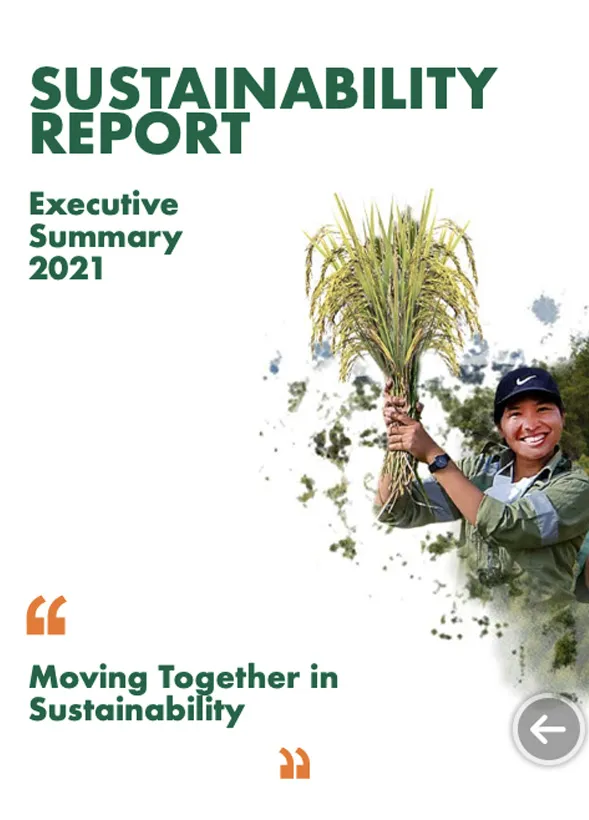Sustainability
153.624 Tons of Pulp Production in 2023
Sustainability at a Glance
Sustainability Policy
This sustainability policy covers protection and conservation of forest by supporting the conservation of carbon and biodiversity The company proactively supports local people through CD/CSR program, especially in the development of entrepreneurship and agriculture at the village level The company respect traditional ethnic groups and their rights and aims for clean production through the reduction of emissions and control of waste.
The company implements responsible practices in the workplace, including strict compliance with all relevant legislation, participation in sustainable forest management and timber legality certification programs, a strict no burning policy, and implementation of a chain of custody system.
The company is committed to good company governance and have an Independent team appointed by North Sumatera Governor, community and civil society to ensure transparency of execution of the sustainability policy, a responsive and transparent complaint mechanism and to oversee collaboration with third parties to support sustainable forest development.



